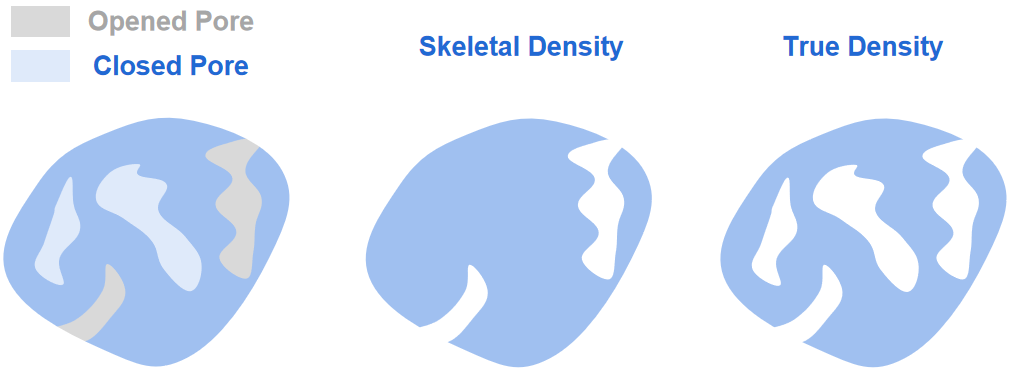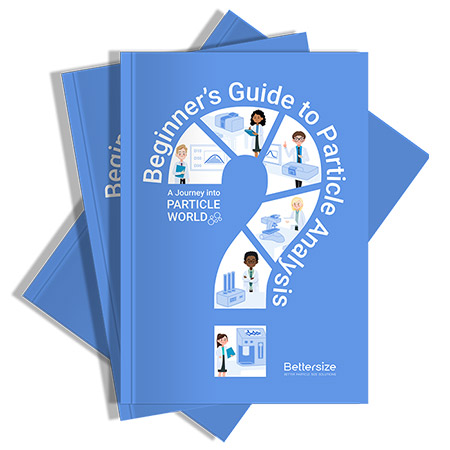What are true and skeletal densities of a powder and how to measure them?
2023-07-18WIKI
Skeletal density and true density are parameters related to the surface and interior structures of porous particles. Skeletal density is the ratio of the mass of the porous particles to the volume of the particles that excludes open pores. The true density is also known as absolute density, in which open and closed pores are not considered in the calculation of the volume of the porous particles. The measurement of skeletal density can be implemented using a gas pycnometer or a liquid pycnometer based on the volume-pressure relationship of Boyle's Law. Therefore, the density obtained with the help of a pycnometer is also called pycnometric density. The skeletal density equals the true density only in the case that the porous particles do not contain closed pores or sealed pores.

Boyle’s law demonstrates the relation concerning the compression and expansion of an ideal gas at a constant temperature, which states that the pressure of a given quantity of gas varies inversely with its volume, as shown below:

where P is the gas pressure and V is the gas volume.
Real gases obey Boyle’s law at sufficiently low pressures, although the product PVdecreases slightly at higher pressures, where the gas begins to depart from ideal behavior.
For more details, please go to the true density video page, or just watch the video below - What is True Density? Fundamentals of BetterPyc 380




